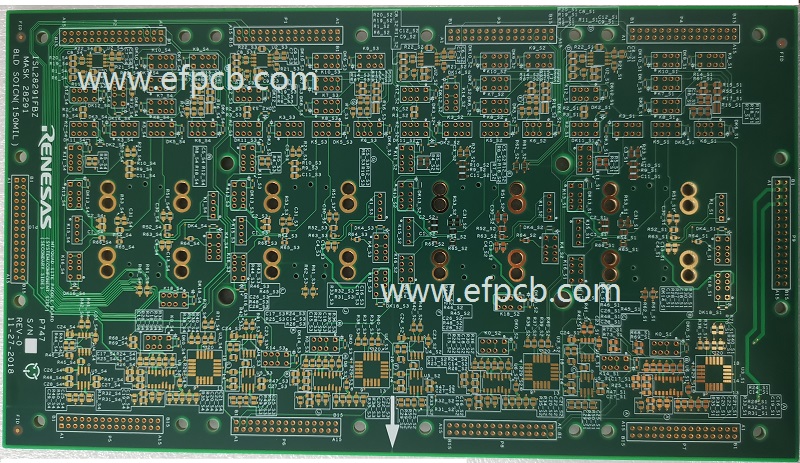The High Temperature PCBs Play a Significant Role in Modern Electronics

Keywords: High Temperature PCB
High-temperature PCBs, also known as high-TG (glass transition temperature) PCBs, are engineered to withstand elevated temperatures compared to standard PCBs. The glass transition temperature is the point at which the PCB material transitions from a solid to a more pliable or semi-liquid state. High-TG PCBs typically have glass transition temperatures exceeding 170°C, making them ideal for applications where exposure to high temperatures is common.
Significance in Various Industries
- Aerospace and Defense
High-temperature PCBs are indispensable in the aerospace and defense sectors. These industries demand electronic components that can endure extreme conditions, including high temperatures. PCBs used in satellites, missiles, and aircraft must function reliably in the presence of intense heat generated during launch, re-entry, or when operating in harsh environments. High-TG PCBs ensure that critical systems continue to operate flawlessly under such conditions.
- Industrial Automation
In industrial settings, machinery, and automation systems generate a substantial amount of heat. High-temperature PCBs are crucial for the control and monitoring systems used in manufacturing processes. These PCBs guarantee the stability and longevity of critical control systems, reducing downtime and enhancing overall productivity.
- Consumer Electronics
While consumer electronics may not face extreme temperatures like aerospace or industrial equipment, high-temperature PCBs can still be beneficial. They improve the overall durability of devices, ensuring that smartphones, tablets, and other gadgets can operate efficiently for extended periods without overheating.
Benefits of High-Temperature PCBs
- Improved Reliability
High-temperature PCBs are more reliable in challenging conditions. They are less prone to thermal stress, which can lead to cracks and failures in standard PCBs when exposed to high temperatures over time. This increased reliability is crucial in mission-critical applications.
- Extended Lifespan
The ability to withstand high temperatures means that devices equipped with high-temperature PCBs have a longer lifespan. This is especially important in industries where maintenance and replacements are expensive and time-consuming.
- Compact Design
High-TG PCBs can endure higher lead-free soldering temperatures, allowing for a more compact and efficient design. This feature is particularly valuable in consumer electronics, where manufacturers strive to make devices smaller and thinner.
- Enhanced Performance
High-temperature PCBs can maintain their electrical and mechanical properties even at elevated temperatures. This results in improved performance and stability, making them suitable for demanding applications.




